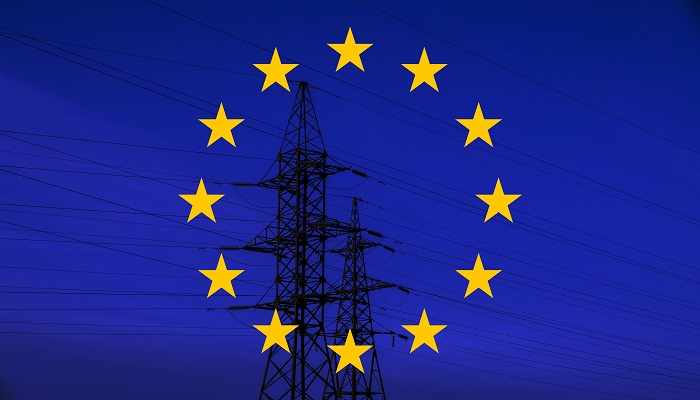The war in Ukraine had a significant impact on European Union electricity prices in the past year. This was especially evident in the prices of nuclear and renewable energy sources, which remained unaffected by the rising costs of natural gas.
In response to this situation, the European Commission put forward a proposal for the reformation of the EU electricity market. The aim was to expedite the deployment of renewable energy sources and introduce measures to enhance the flexibility of power supply and demand.
According to EU Energy Commissioner Kadri Simson, the need for daily flexibility in the EU will surge by 133% between 2021 and 2030, and by a further 250% between 2030 and 2050. This increase is attributed to the growing share of intermittent renewable energy sources integrated into the grid.
Flexibility on the supply side can be achieved primarily by reserving gas or coal power capacity during peak demand. However, maintaining these resources is expensive and insufficient to meet the rising demand caused by the increased utilization of variable renewables like solar and wind power.
Therefore, many market players are emphasizing the potential of demand-side flexibility, including methods such as demand-side shedding. For instance, in France, there is a market for load shedding, where energy-intensive industries reduce their production and electricity consumption to ease the grid’s load, receiving compensation for their efforts.
Energy efficiency, particularly in the building sector, also plays a crucial role. Non-residential buildings, which make up 18% of EU buildings but account for a third of energy consumption, offer significant potential for optimizing demand.
In the residential sector, control over household appliances like heat pumps and electric cars through technologies like submetering is becoming increasingly important.
Additionally, the development of bidirectional charging for electric cars, where electricity can be sent back to the grid from car batteries, is being explored, with some manufacturers, including Tesla, already working on such solutions.
While many demand management technologies are available, their full potential remains largely untapped. Accessing household energy consumption data is a key requirement, which calls for transparency and public communication.
The overall potential for savings is substantial. A study by Norwegian company DNV suggests that European consumers could save up to €71 billion annually on their electricity bills if demand-side management technologies were fully utilized. This could also eliminate the need for installing 60 GW of peak generation capacity and save nearly €30 billion a year in grid reinforcement costs.
Incentives for participation mainly revolve around financial rewards, with a focus on remunerating demand-side management equally for large companies, SMEs, and individuals.
Spain, holding the EU’s Council presidency, aims to establish a viable remuneration system as part of electricity market reform. This is seen as a priority, along with optimizing the distribution grid to accommodate the growing number of electric cars, heat pumps, and solar panels in consumers’ homes.
European interconnectivity improvements are also being pursued, with a goal of matching supply and demand to the nearest half-hour.
In the long term, reducing price volatility remains crucial, but the immediate focus is on developing decarbonized electricity generation capacity. Flexibility will be especially vital in the energy transition, with France’s controllable electricity production and flexible needs after 2035, and other countries, like Germany, relying heavily on intermittent renewables.




































